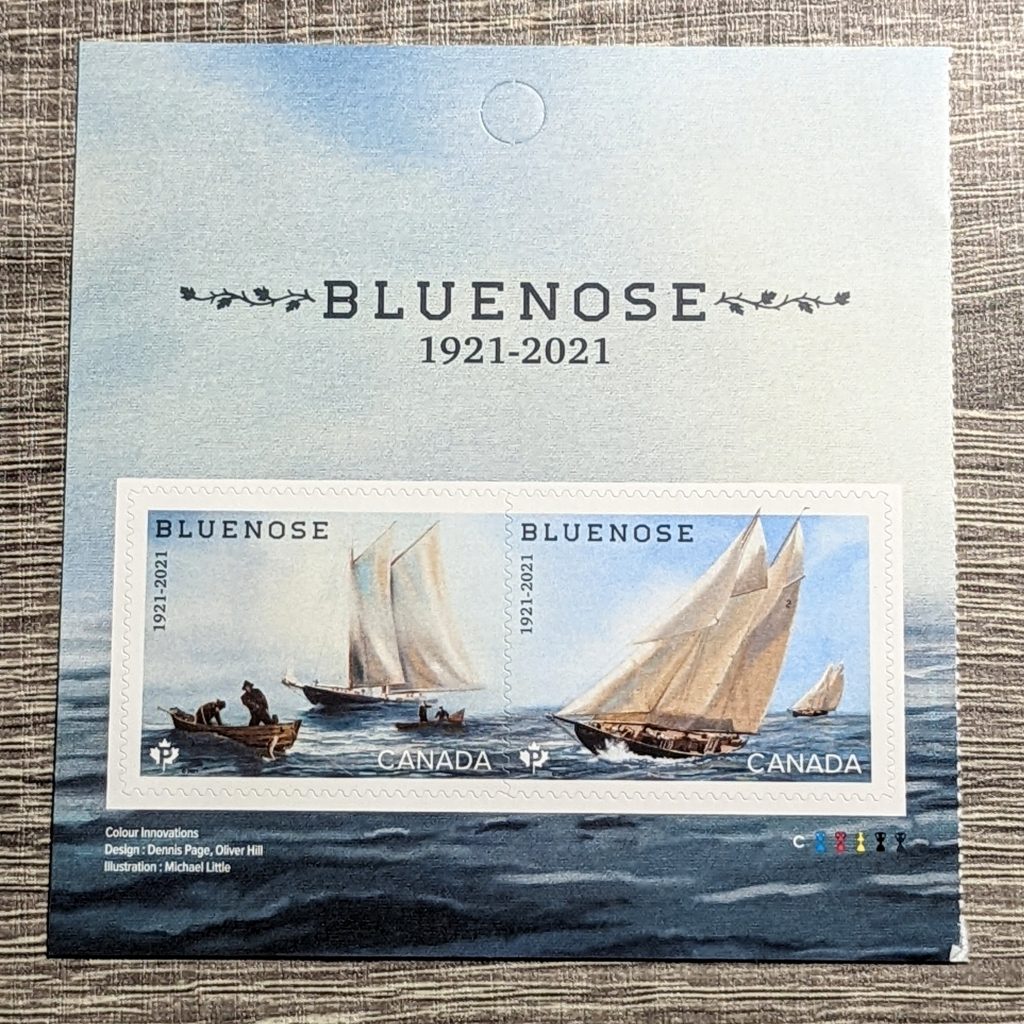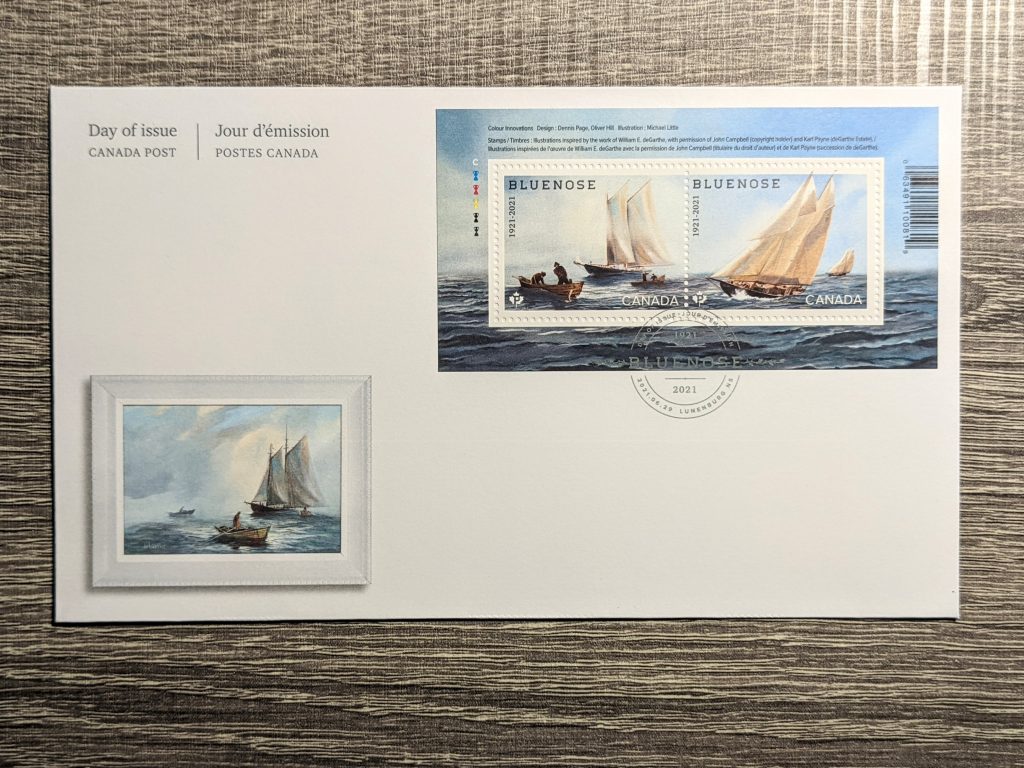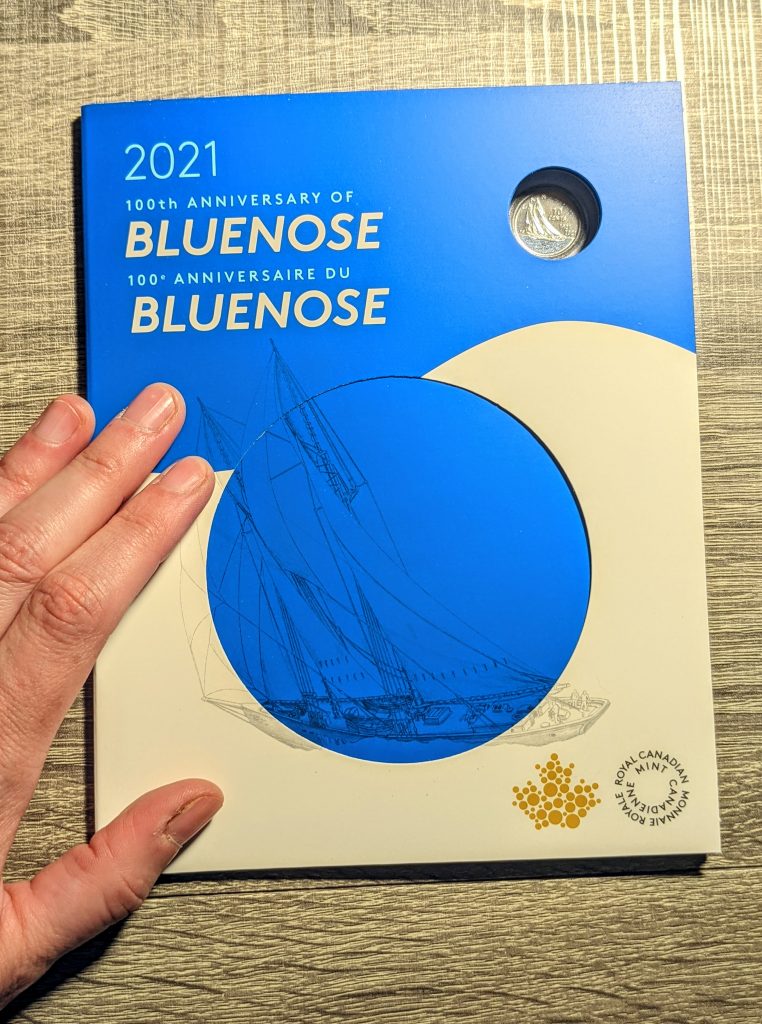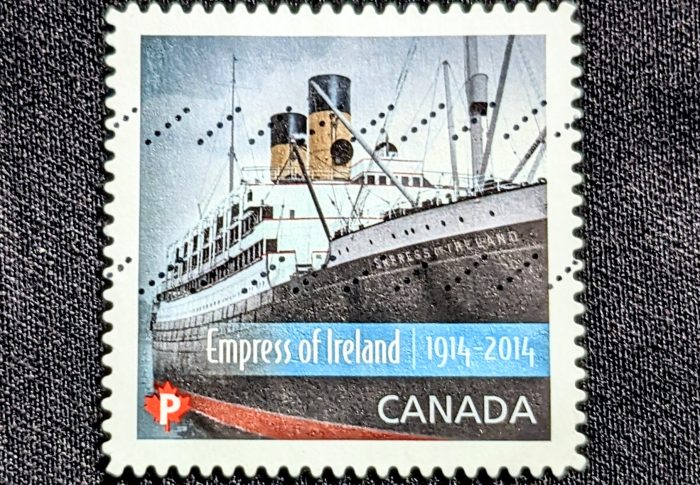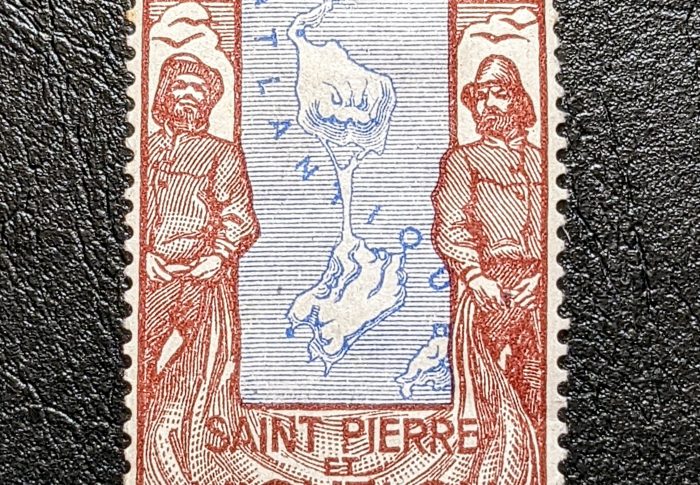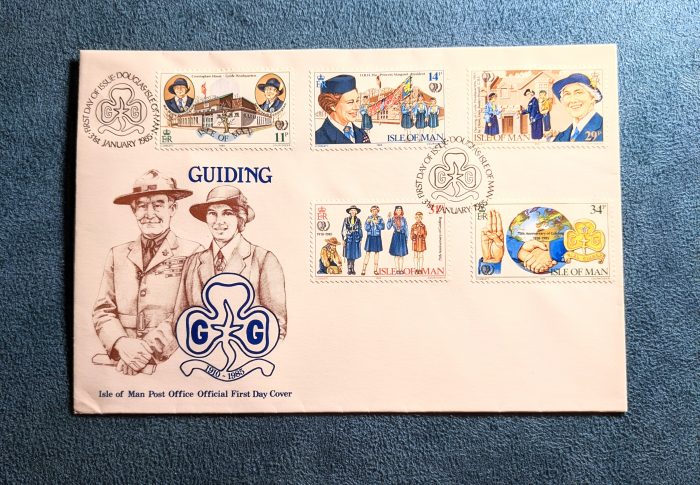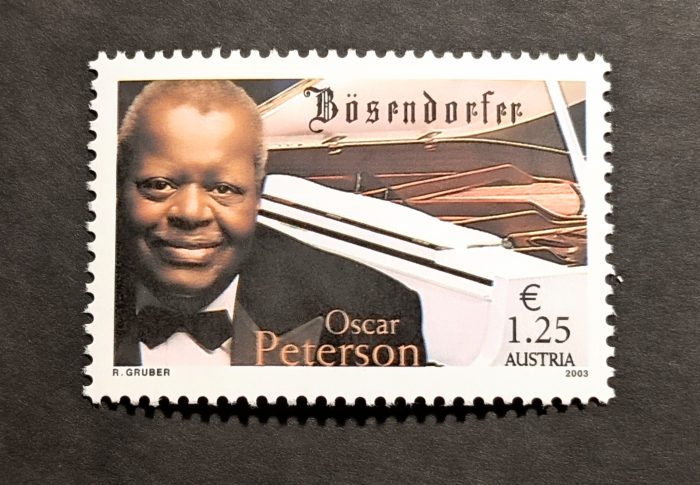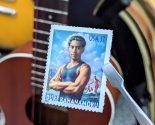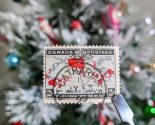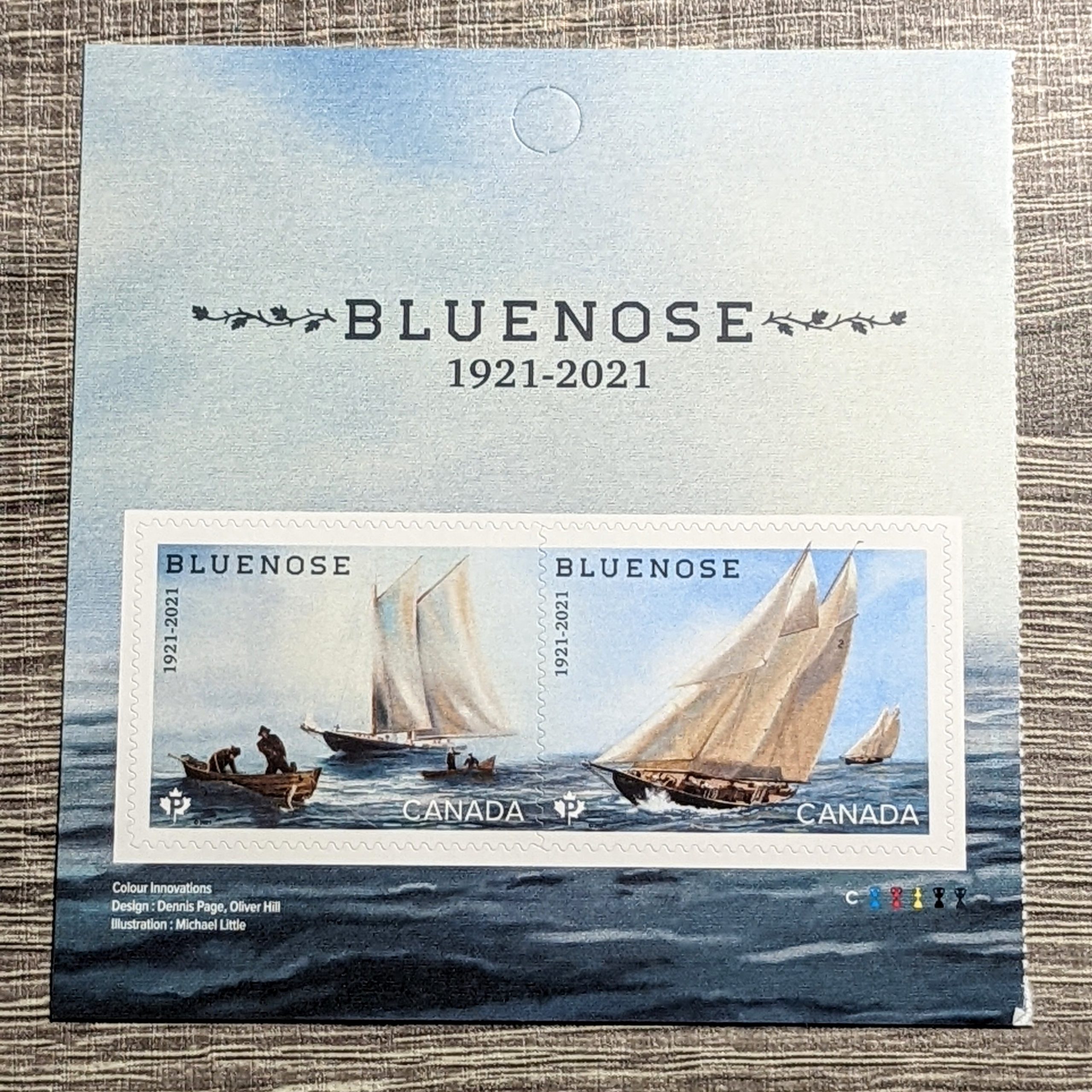
The Bluenose Centenary
Canada is a huge country. With 9,984,670 km2 (3,855,100 sq mi), Canada consequently has many different ecological zones including forest, prairie, arctic, and marine areas to name just a few. But this vastness and varied environment mean that many Canadians are oblivious to life in other parts of the country.
Growing up on the prairies, I never quite understood why there was a boat on our dime. I eventually learned that the boat was called The Bluenose and it’s a part of Canadian history but that still didn’t mean much to me. The Maritimes are and have always been full of boats so why is this one so darn special? To put it simply, the Bluenose was a schooner built for two tasks – cod fishing and racing – and excelled at both in unexpected ways.
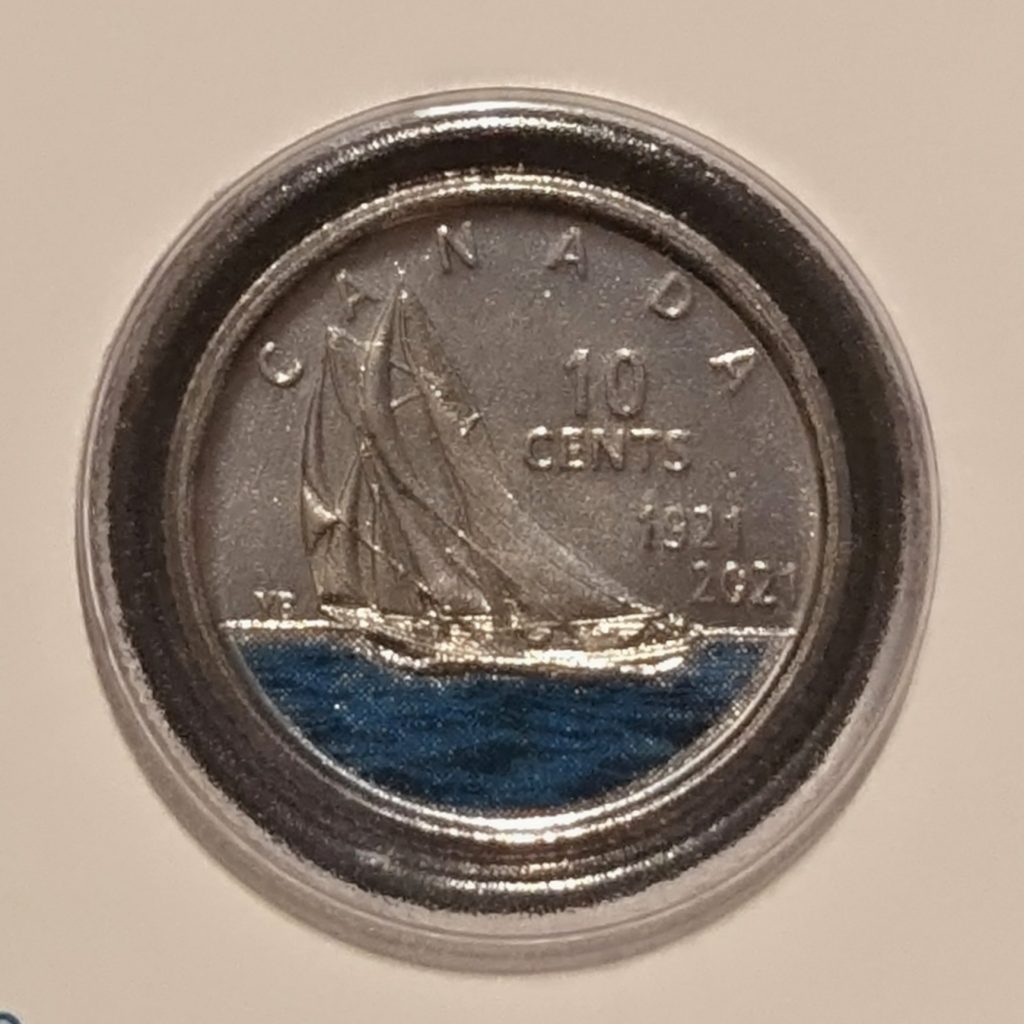
The fishermen of Lunenburg, Nova Scotia, and Gloucester, Massachusetts had a friendly rivalry. In 1919, they started a competition to see who had the fastest boats and it was at this first International Fishermen’s Race that Nova Scotians realized that they needed to up their game promoting several citizens came together to form The Bluenose Schooner Company. Why call it The Bluenose? Well, the term “bluenose” was a slang term for a Nova Scotian and was felt to be a fitting tribute to the people of the province.
The wooden and canvas sail schooner was designed by William J. Roue who was a self-taught newbie at naval architecture. The actual construction of the schooner was completed at Smith & Rhuland Shipyard and the vessel launched from there on March 26, 1921, to much fanfare. One funny story about this event that I came across involved Canada’s Governer General at the time Victor Cavendish who was invited to the launch to drive in the last spike into the Bluenose’s hull signifying the completion of the ship. Unfortunately, Cavendish has been to another ceremony just a couple of hours before coming to the Bluenose and was a little too tipsy to complete his task properly. But with a little help, the spike went in and the Bluenose set sail. And then, set some records.
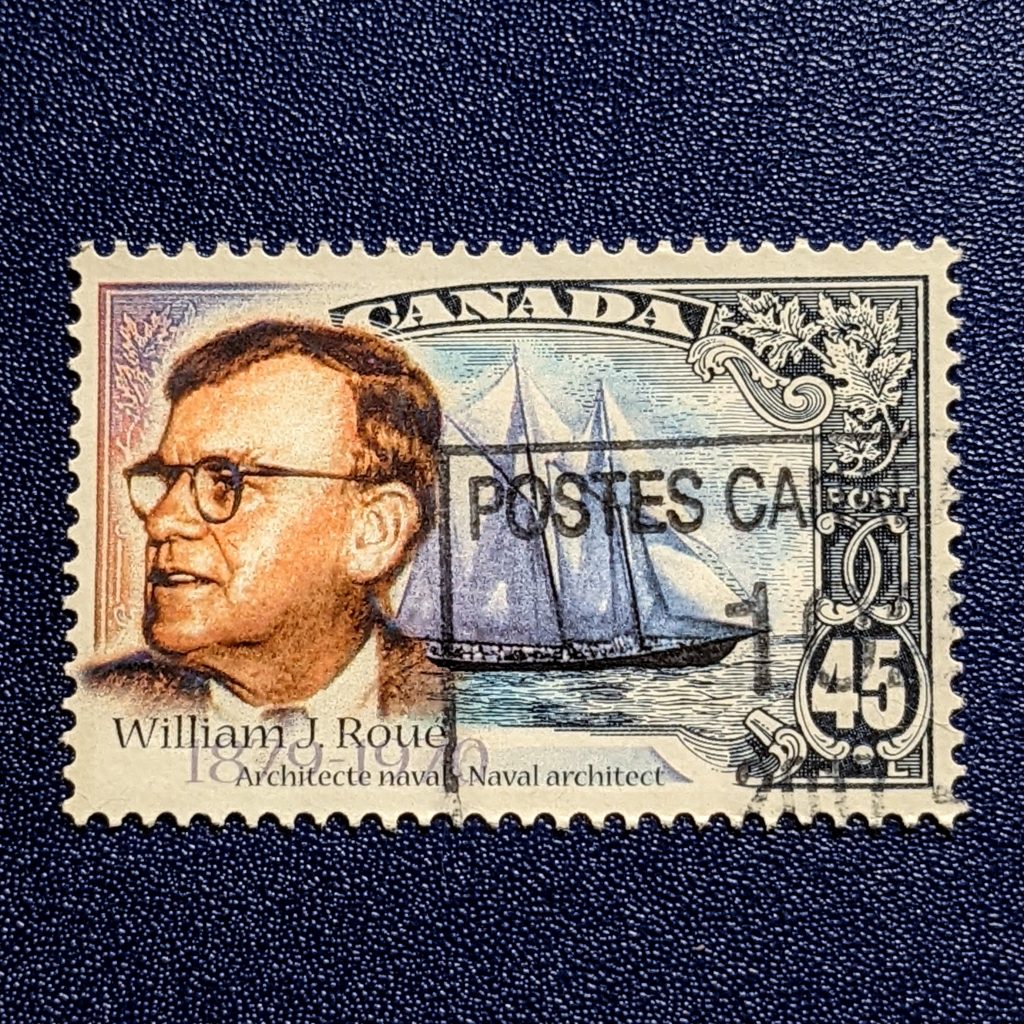
Captained by Angus J. Walters, the Bluenose went on to win the International Fishermen’s Race multiple times and was considered the fastest ship for 21 years. It also held the recorder for the largest catch of fish brought into the harbor. The Bluenose fame rose and the schooner, nicknamed”The Queen Of The North” by the media sailed around the world as a representative of Canada including the 1933 World’s Fair in Chicago. Not long after, the ship sailed to England to be a part of the silver jubilee celebrations for King George V.
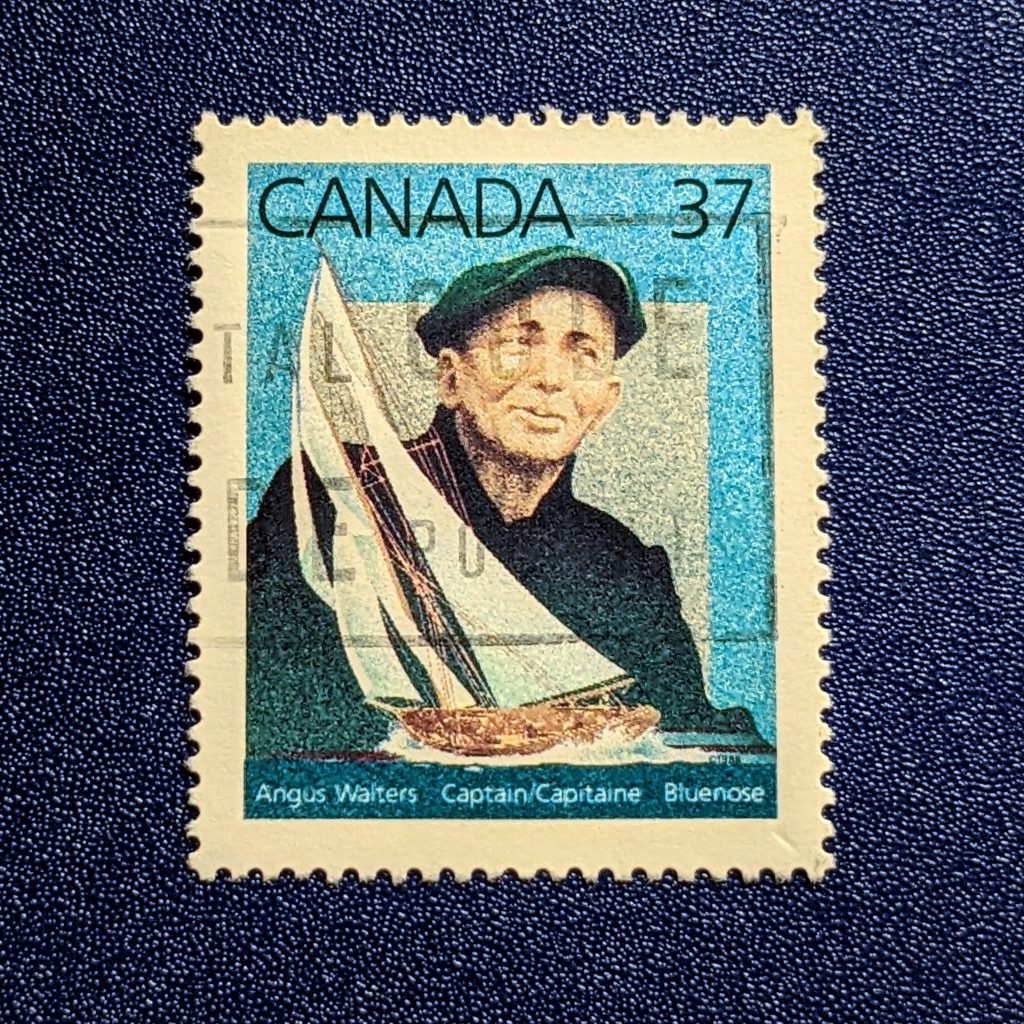
Alas, time marches on and so too does progress. The wooden tall ships powered by sail were losing favor with fishermen and The Bluenose was sold off the West Indies Trading Company in 1942 for $20,000 where it was used for hauling goods around the Caribbean. In 1946, she hit a reef near Haiti and sunk, lost forever to the seas. A sad ending to a ship that was once the pride of a nation.
In 1963, Oland Breweries decided to make a replica of the once mightly ship and named it The Bluenose II. Unfortunately, this ship too came into some disrepair but luckily, it was restored in 2005. In 1973, it was donated to the province of Nova Scotia who undertook the restoration to help preserve a piece of their history.
A hundred years after The Bluenose first hit the waters around Nova Scotia, we celebrate this remarkable ship with new stamp and coin releases by Canada Post and the Royal Canadian Mint respectively. What I love most about the stamps is that one image shows the Bluenose as a racing ship and the other as a fishing vessel. A lovely tribute to what must have been an amazing sight.
The National Film Board of Canada released a short clip of The Bluenose and while the ending seems extra depressing even for an NFB video, the earlier footage is worth watching.
Here are a couple of my sources for writing this post:
- The Canadian Philatelist Nov/Dec 2021, “The Bluenose – A Canadian Icon.” By Michael Peach FRPSC

